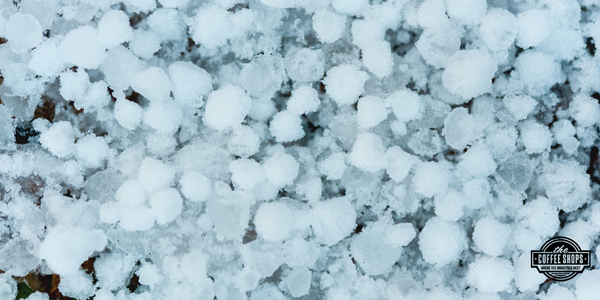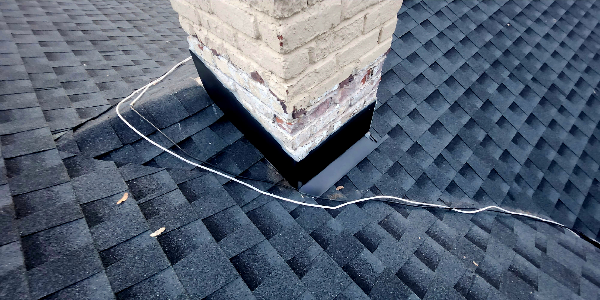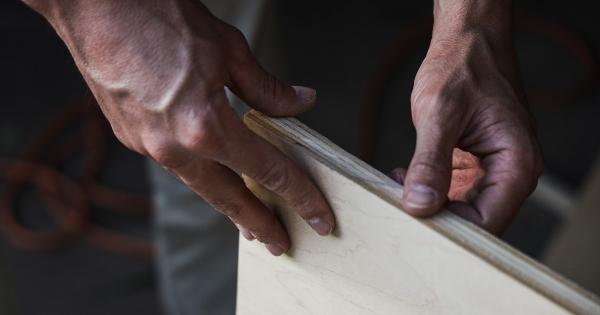Q&A – How does hail impact synthetic slate?
June 4, 2025 at 12:00 p.m.Looking to prep for the storm season, this homeowner had some question about roofing materials and hail.
Living in Louisiana, homeowner Michelle has faced their share of storms. When looking at roofing materials, they came to get some advice about hail performance, asking:
What impact could you expect from hail on a synthetic slate roof? What type of damage would you see and do you have any articles on this topic?
One of the AskARoofer Experts, John Kenney from Cotney Consulting Group had this to say in response to Michelle's question:
Synthetic slate roofing — made from a blend of materials such as polymers, rubber, or composite resins — is designed to mimic the look of natural slate while offering improved impact resistance and lighter weight. However, no roofing system is entirely immune to hail damage, and synthetic slate has its own vulnerabilities and performance factors when exposed to severe weather.
Most synthetic slate products are impact-rated, with many achieving Class 4 impact resistance, the highest rating under UL 2218 testing. This means they can generally withstand hailstones up to two inches in diameter without cracking or puncturing under controlled lab conditions.
But in real-world hailstorms, factors such as hail size, wind speed, roof slope, age of the material and installation quality all come into play. Synthetic slate may flex slightly under impact, which can help absorb energy better than brittle materials like concrete tile or natural slate. However, extreme hail can still cause damage, particularly in aging or poorly installed systems.
Here’s what to look for after a hail event:
- Surface marring or dents: Larger hail can leave visible dents, abrasions or discolored spots where the top layer is scuffed or fractured. These may not immediately compromise the waterproofing but can reduce curb appeal and long-term performance.
- Cracks or splitting: In more severe hailstorms, synthetic slate tiles may crack — particularly if the hail is wind-driven or the impact angle is steep. Cracks may allow water infiltration over time if not addressed.
- Loosening or displacement: Impact near fasteners or along edges can loosen synthetic tiles, especially if they were face-nailed or improperly installed. This can lead to blow-offs in future storms.
- Hidden structural damage: While synthetic slate is flexible, repeated impacts can stress the underlayment or fastener system below the surface, even if the tiles themselves appear intact.
Have a question? AskARoofer.
Find your local roofing contractor in the AskARoofer™ Contractor Directory.














Comments
Leave a Reply
Have an account? Login to leave a comment!
Sign In